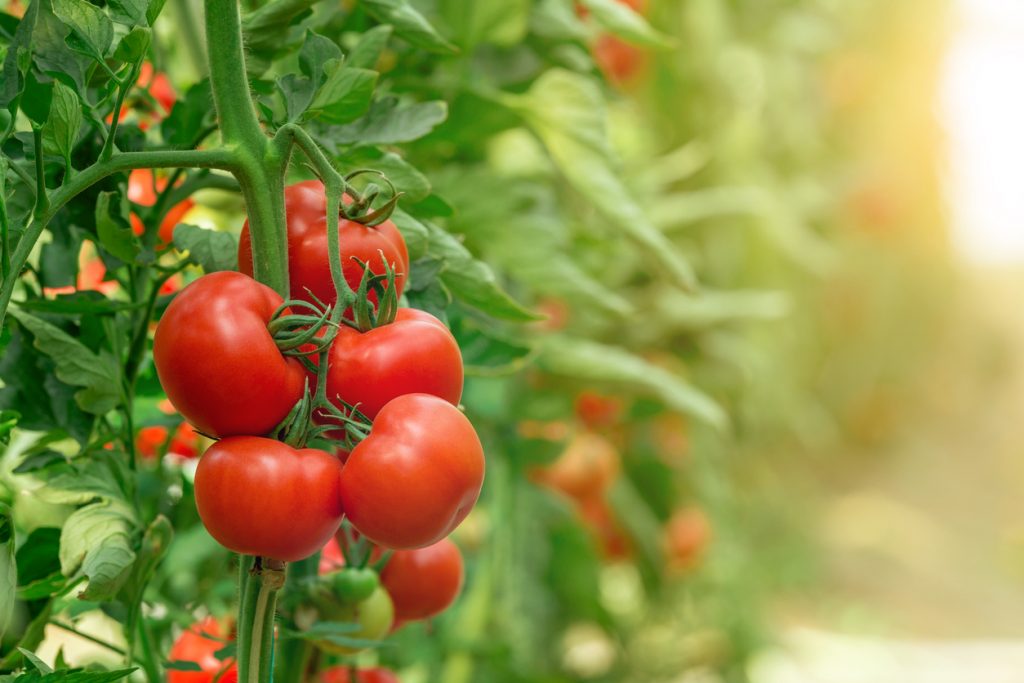
Permaculture aims to increase yields while, at the same time, using fewer resources and protecting the entire ecosystem. To achieve this, permaculture farmers seek to use less intrusive or destructive techniques and methods, which work in harmony with nature rather than in an antagonistic relationship with it. While industrial agriculture has yield maximization as its primary motivation, the practice (industrial agriculture) seeks to achieve the same in a manner that is far more harmful to the ecosystem– with the use of pesticides and chemical fertilizers, etc.
As a permaculturist, there are many tips you can apply to increase your yields without causing any harm to the ecosystem and making use of your vertical space is one of them. The majority of plants benefit a great deal from upward growth. This is beneficial to permaculture farmers as it enables them to maximize the use of a limited ground space; thus, going  vertical is particularly useful for those farmers with small garden space.
vertical is particularly useful for those farmers with small garden space.
By installing poles, fences, and trellises to enable plants to grow upwards, you will not only be increasing the number of plants that can be grown in your garden, but you will also be opening the gates for many other benefits. For instance, your vertical crops will protect more vulnerable, lower-lying crops against the wind, as well as provide shade for them. If the plants are growing against your house wall, they can help regulate the temperature in your house by preventing winter winds from entering the house or by absorbing the intense summer sunlight. This would mean reduced energy bills, allowing you to use the money on other necessities.
Vertical cultivation is appropriate for species such as melons, squash, cucumbers, beans, peas, and tomatoes. While squash and melons become heavier when they produce fruits, their stems will grow thick enough to support the plants; so, they may not need propping at all.

